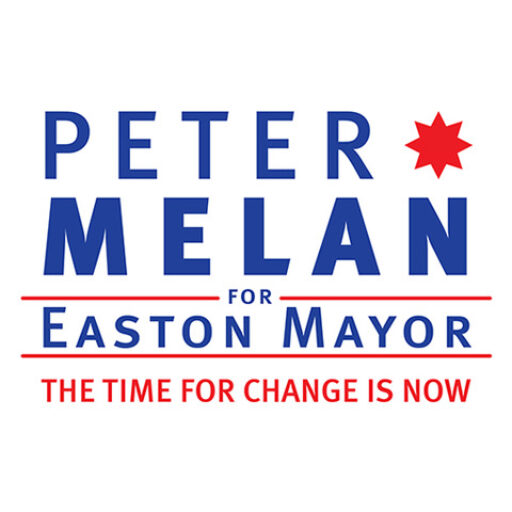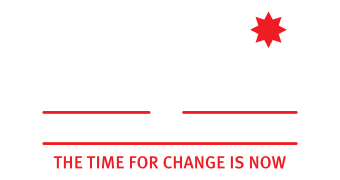Parking Strategies
Developing coherent parking strategies requires a multifaceted approach that stakes into consideration various factors such as traffic volume, parking demand, available space, and more importantly the availability of high-quality data to render the decisions. I plan on implementing several strategies to help combat the parking issues throughout our City.
Encourage the Use of Public Transportation
One of the most effective ways to reduce the demand for parking in urban areas is to encourage the use of public transportation. This can be achieved by offering incentives for public transit use, improving the frequency and reliability of public transportation options, and making it more affordable.
Implementing Parking Restrictions
Parking restrictions can be used to reduce congestion in high-traffic areas. For instance, cities can introduce time limits on parking spaces or designate certain areas as resident-only parking zones. This helps to ensure that parking spaces are used more efficiently and that people don’t park in areas where they’re not allowed.
Introduce Smarter Parking Systems
Smart parking systems that use sensors and data analytics can help to manage parking more efficiently. These systems can help drivers find available parking spaces, reduce the time spent looking for parking, and minimize the number of cars circulating around the city in search of a parking spot.
Use Pricing Mechanisms
Pricing mechanisms such as variable pricing or congestion pricing can help to reduce the demand for parking spaces in high-traffic areas. By charging higher fees during peak hours, cities can encourage people to use alternative modes of transportation or park further away from their destination.

